Marigolds As Food – Tips On Growing Edible Marigolds
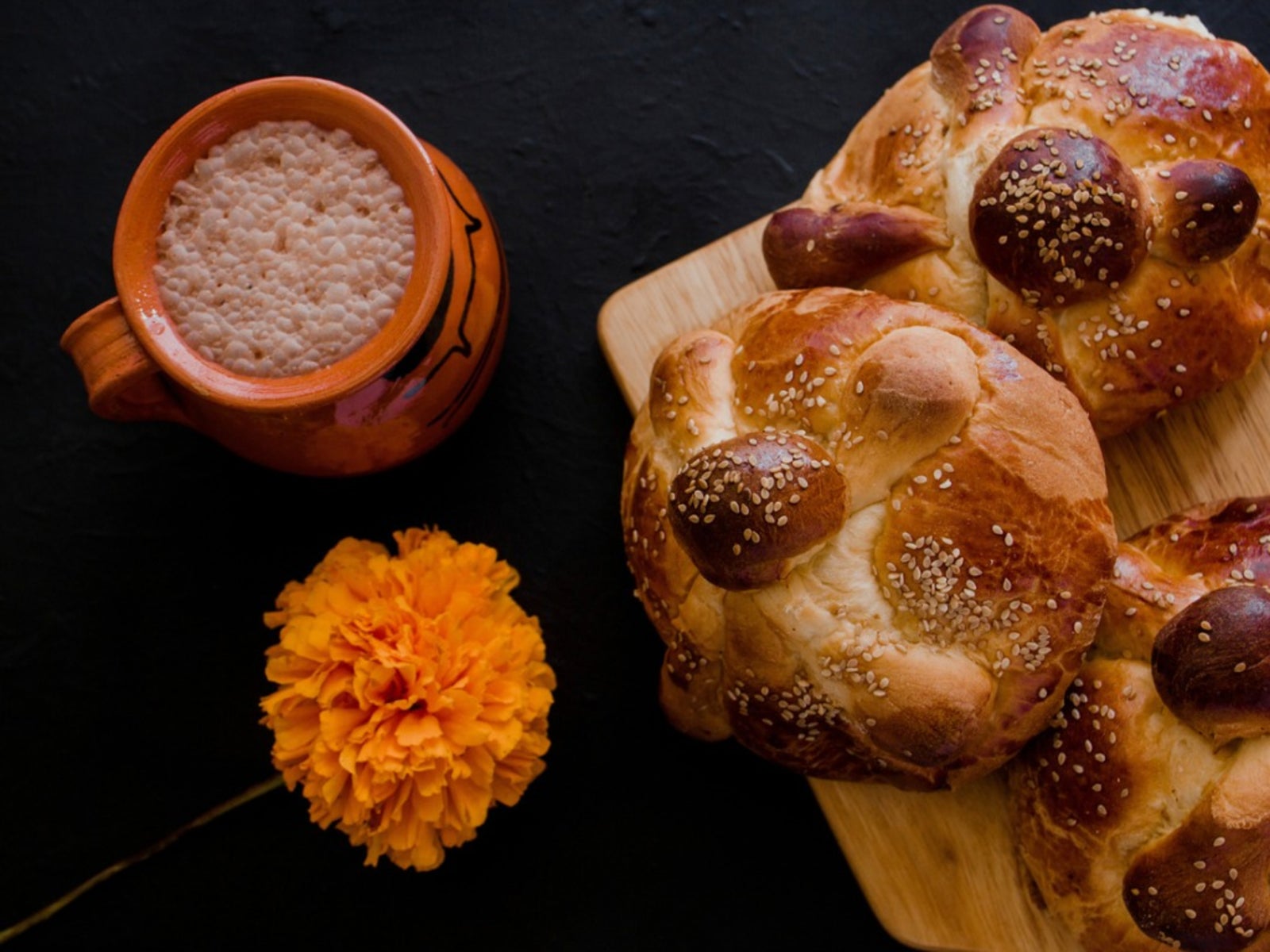
Marigolds are one of the more common annual flowers and with good reason. They bloom all summer and, in many areas, through the fall, lending vibrant color to the garden for months on end. For the most part, marigolds are planted for annual color in pots and gardens, or sometimes around other plants to repel insects. Did you know though that marigold flowers are edible? Read on for information about growing edible marigolds.
Marigolds as Food
Marigolds have an extensive history. They were revered by the Aztecs and used medicinally, ornamentally, and in religious rites. The Spanish and Portuguese explorers seized upon these golden blooms, not quite gold but golden nonetheless, and brought them back to Europe. There they were referred to as “Mary’s Gold” in deference to the Virgin Mary as well as a nod to their gilded hues. Marigolds are used in Pakistan and India to dye cloth and make flower garlands for harvest festivals. Here marigolds are used as food as well. The ancient Greeks also used marigolds as food, or rather in it. The use of marigolds is for the most part to add brilliant color, much like saffron threads, to impart a gorgeous golden hue to dishes. In fact, marigolds are sometimes referred to as the “poor man’s saffron.” Edible marigold flowers are said to taste mildly citrusy to subtly spicy to, well, like a marigold. Whatever you think of their flavor, the flowers are indeed edible and if nothing else a feast for the eyes.
How to Grow Marigolds to Eat
The Tagetes hybrids or Calendula members are generally the cultivars used for growing edible marigold flowers. Calendula is not technically a marigold, as it is not botanically related; however, it is often called “pot marigold” and confused with the Tagetes genus of marigolds, so I mention it here. Some choices when growing edible marigold flowers include:
- ‘Bonanza Mix’
- ‘Flagstaff’
- ‘Inca II’
- ‘Lemon Gem’
- 'Tangerine Gem'
- Red Gem'
- ‘Vanilla Improved’
- ‘Zenith’
- ‘Bon Bon’
- ‘Flashback Mix’
There are many other varieties of marigold that can be grown as edibles, so this is just a partial list of some of the hybrids available. Marigolds are easy to grow and can be started from seed or transplants. Grow them in full sun with well-draining, fertile soil. If you start them from seed, plant them indoors six to eight weeks before the last frost date in your area. Thin the marigold seedlings and space tall varieties 2 to 3 feet (61-91 cm.) apart or shorter marigolds a foot (31 cm.) apart. Thereafter, caring for your marigolds is simple. Keep the plants consistently watered but not drenched. Deadhead the blossoms to encourage additional blooming. Marigolds self-sow and will often repopulate an area of the garden in successive seasons, lending their brilliant gold hues and providing you with a steady profusion of blossoms to add to salads, teas, stir fries, soups, or any dish that needs a little color.
Gardening tips, videos, info and more delivered right to your inbox!
Sign up for the Gardening Know How newsletter today and receive a free copy of our e-book "How to Grow Delicious Tomatoes".

Amy Grant has been gardening for 30 years and writing for 15. A professional chef and caterer, Amy's area of expertise is culinary gardening.
-
 4 Superfast Composting Methods: Turn Waste Into Garden Gold In 30 Days Or Less
4 Superfast Composting Methods: Turn Waste Into Garden Gold In 30 Days Or LessTry the fastest composting methods to turbocharge your pile and transform kitchen scraps and garden waste into finished compost in just a few weeks.
By Mary Ellen Ellis
-
 Best Spider Plant Soil – Complete Soil Guide And Expert Tips For Keeping Plants Happy
Best Spider Plant Soil – Complete Soil Guide And Expert Tips For Keeping Plants HappySpider plants are fun and easy plants to grow, but what is the best soil for a spider plant? Selecting the right soil is important so they can thrive.
By Bonnie L. Grant
-
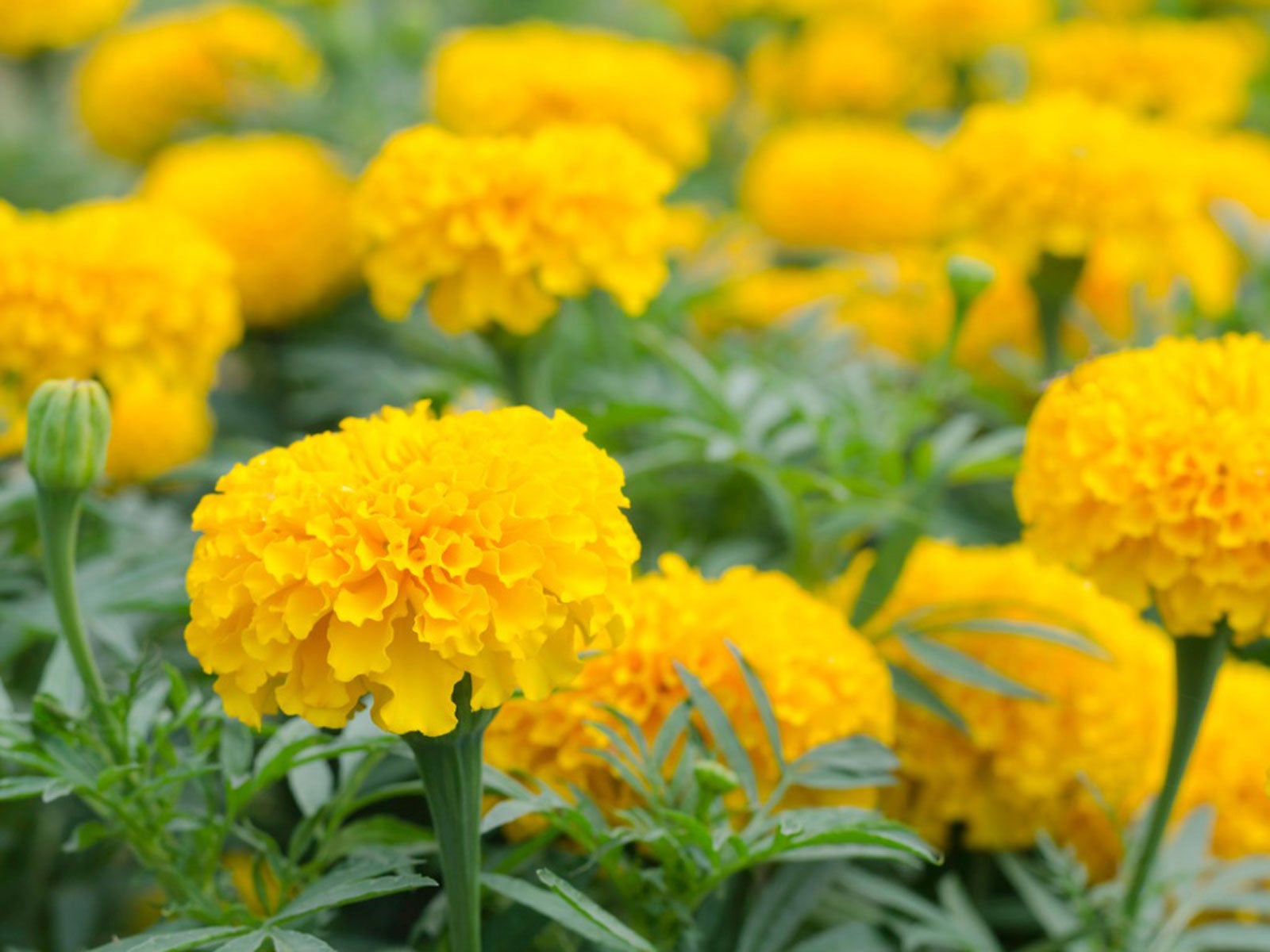 Marigold Flower Uses: Marigold Benefits For Gardens And Beyond
Marigold Flower Uses: Marigold Benefits For Gardens And BeyondMarigolds are appreciated primarily for their beauty, and you may not have considered the many surprising marigold benefits for gardens. Click on the following article to learn about ways to use marigold plants in the garden.
By Mary H. Dyer
-
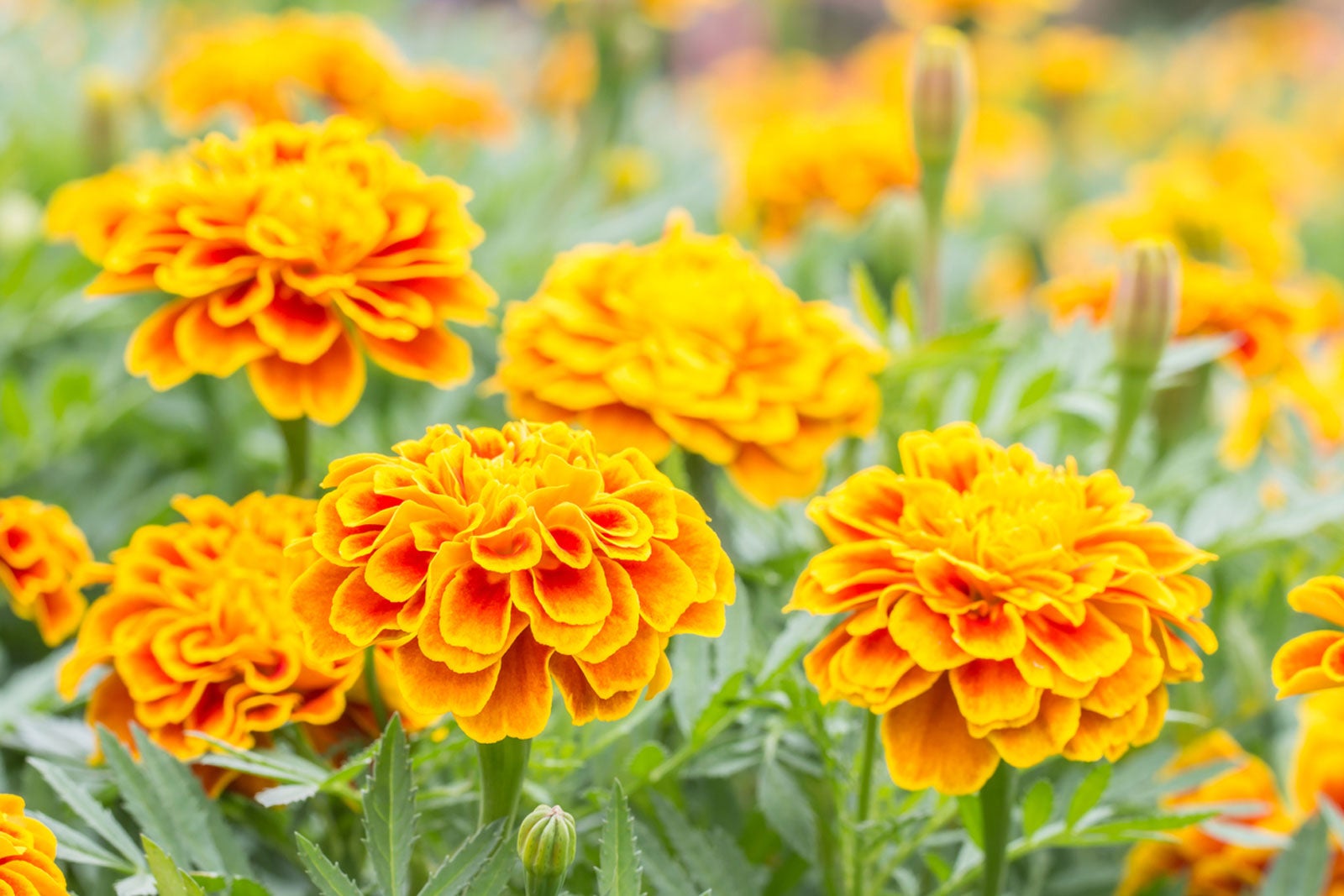 Marigold Vs. Calendula – Difference Between Marigolds And Calendulas
Marigold Vs. Calendula – Difference Between Marigolds And CalendulasIt’s a common question: Are marigold and calendula the same? The simple answer is no. Although both are members of the sunflower family, marigolds and calendula are plants with different genera. Why all the confusion? Find out in this article and how to tell them apart.
By Mary H. Dyer
-
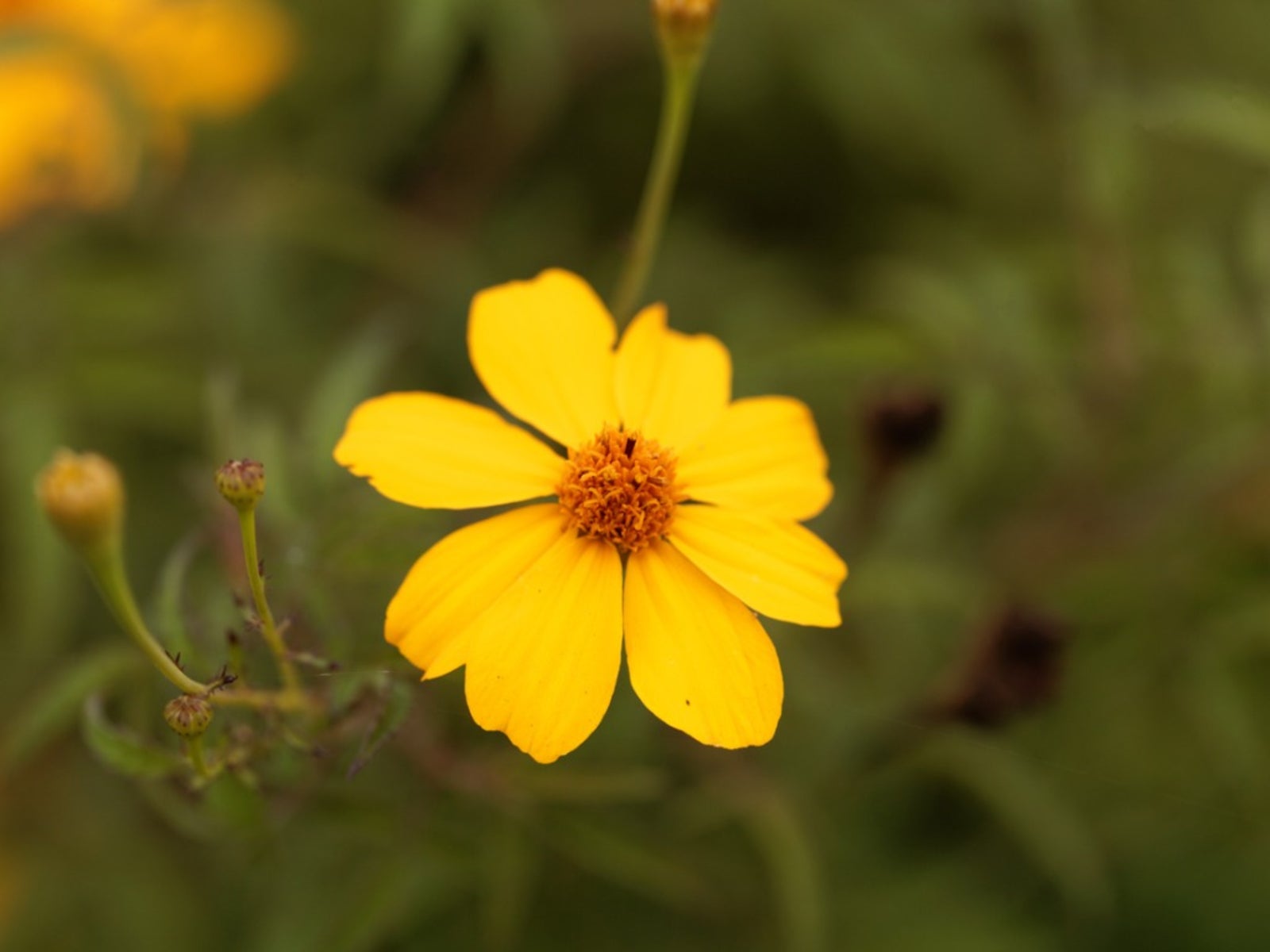 Mountain Marigold Care – How To Grow Bush Marigold Plants
Mountain Marigold Care – How To Grow Bush Marigold PlantsA beautiful annual scene is caused by the fall bloom period of Mountain Lemmon marigolds, which may also bloom sporadically in spring and summer, but save their best display for autumn. Click on this article to read more about mountain marigold plants.
By Darcy Larum
-
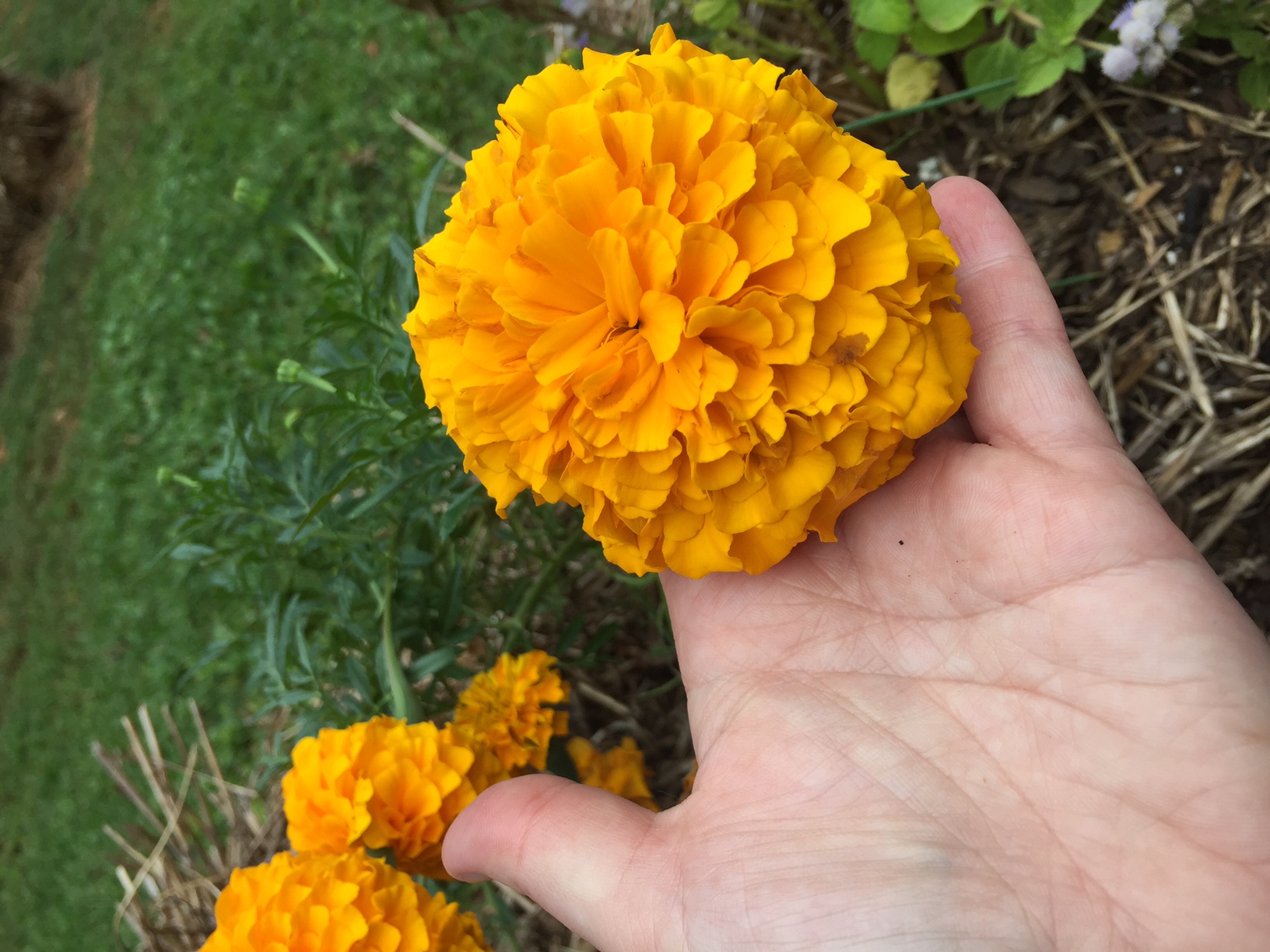 African Marigold Care: How To Grow African Marigolds
African Marigold Care: How To Grow African MarigoldsAfrican marigolds were sacred to the Aztecs, who used them as a medicine and as a ceremonial offering to the sun gods. Marigolds are still called the herb of the sun because of this. Click this article for more African marigold information.
By Darcy Larum
-
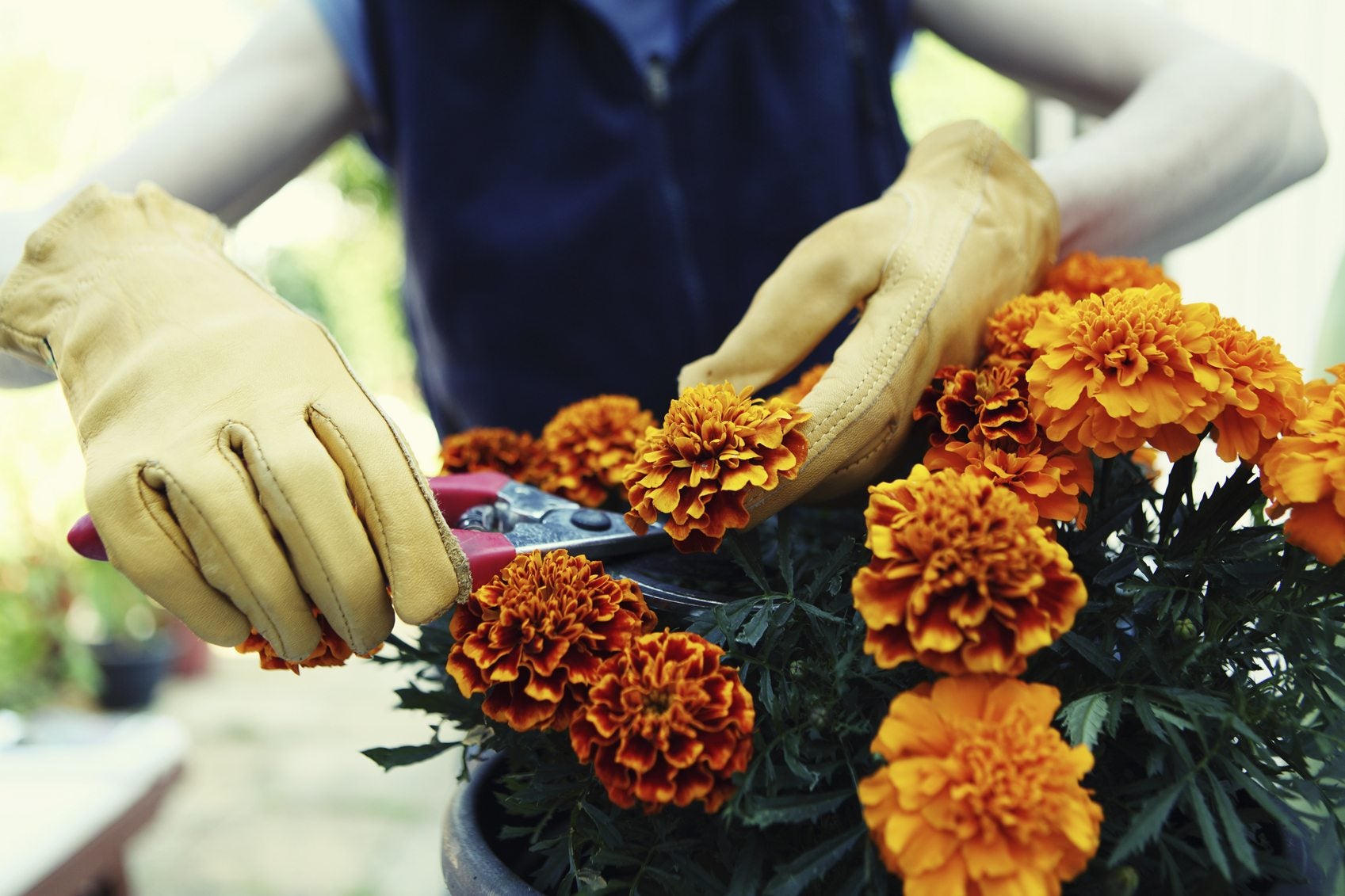 Deadheading Marigold Plants: When To Deadhead Marigolds To Prolong Blooming
Deadheading Marigold Plants: When To Deadhead Marigolds To Prolong BloomingShould you start removing spent marigold flowers? Marigold deadheading does help keep the garden looking its best and encourages new blooms. Click on this article for more information about deadheading marigold plants.
By Teo Spengler
-
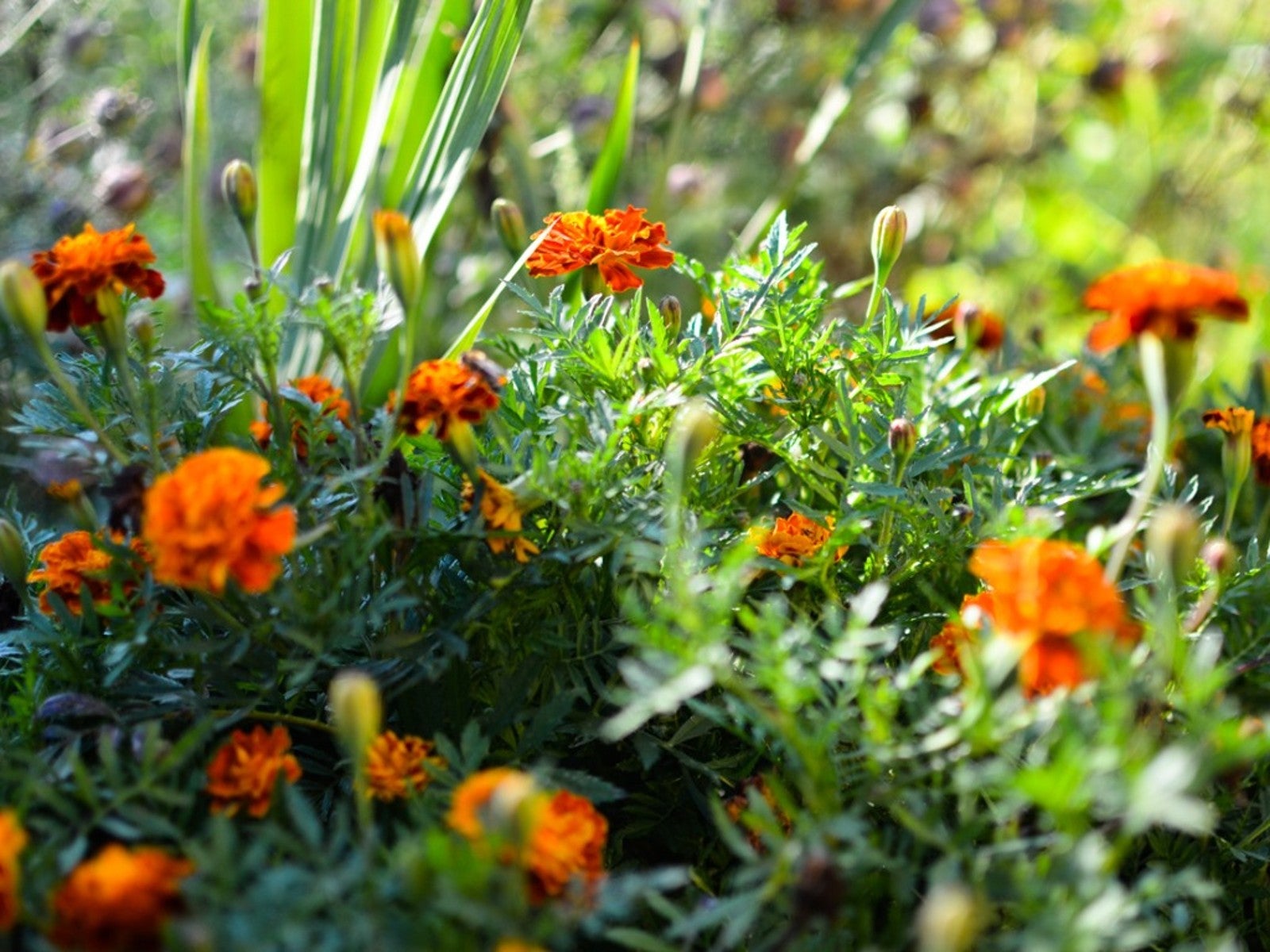 Marigold Leaf Problems: Treating Marigolds With Yellow Leaves
Marigold Leaf Problems: Treating Marigolds With Yellow LeavesMarigold blossoms are a bright, sunny yellow, but the foliage below the flowers is supposed to be green. If your marigold leaves are turning yellow, you've got marigold leaf problems. To learn what might be causing yellowing marigold leaves, click here.
By Teo Spengler
-
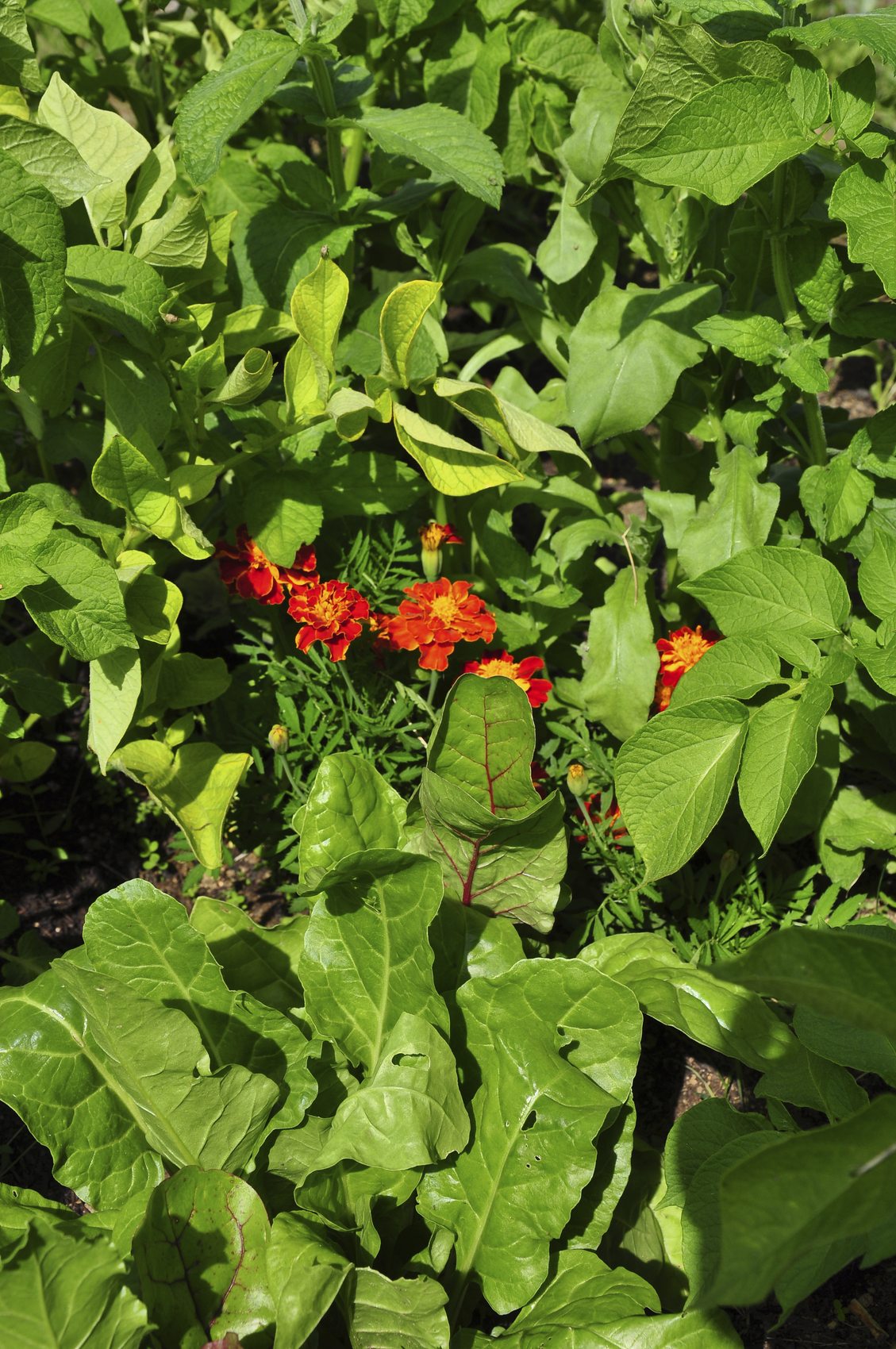 Using Marigolds Around Plants – Do Marigolds Keep Bugs Away
Using Marigolds Around Plants – Do Marigolds Keep Bugs AwayDo marigolds keep bugs away? The best way to find out is to experiment in your own garden, and you really can't go wrong. There's no doubt they attract a variety of beneficial insects that prey on bad bugs. Learn more about marigold plants and pests here.
By Mary H. Dyer
-
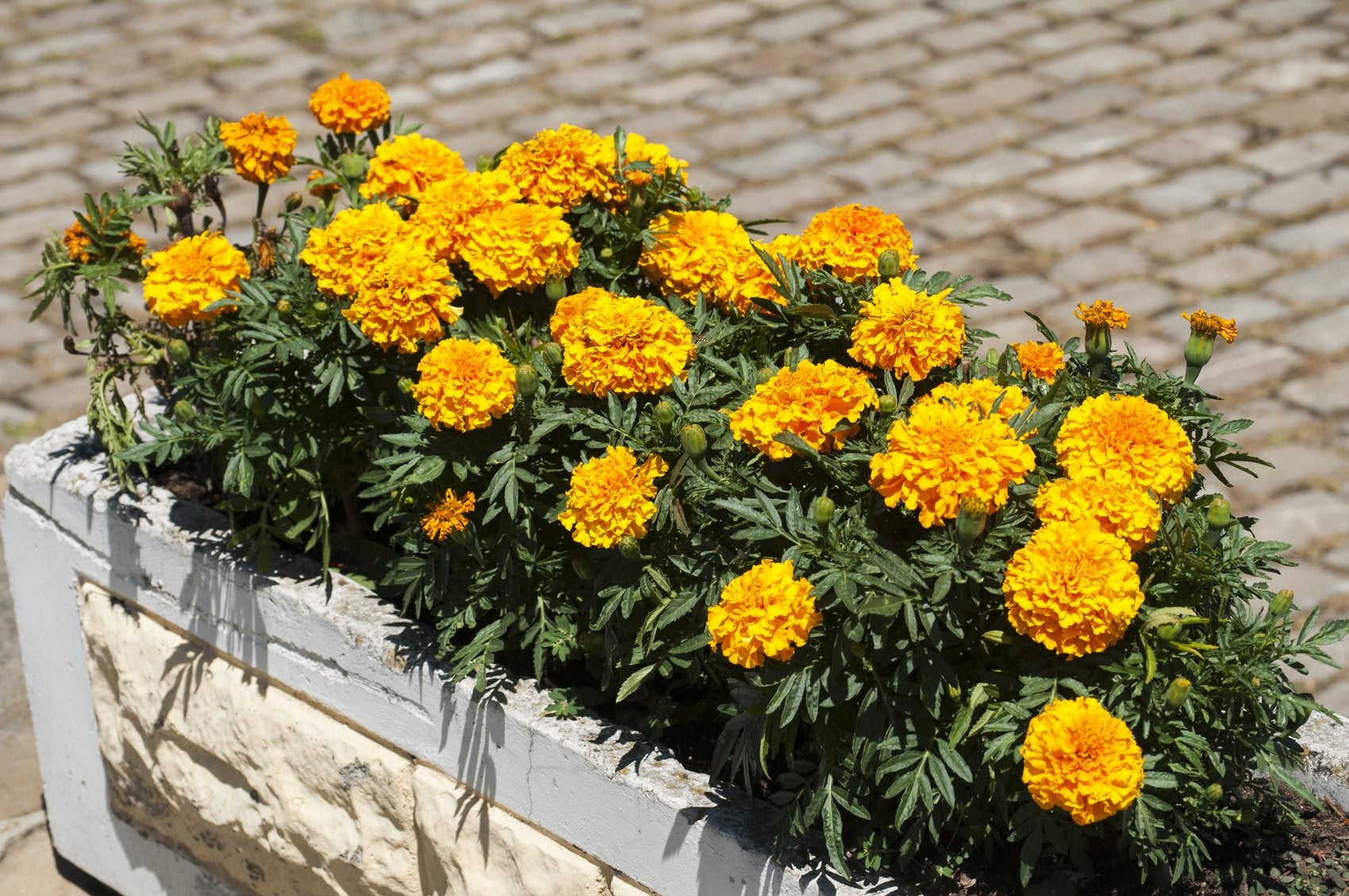 Caring For Marigolds In Pots – Tips On Growing Marigolds In Containers
Caring For Marigolds In Pots – Tips On Growing Marigolds In ContainersMarigolds are easygoing plants that bloom reliably, even in direct sunlight, punishing heat and poor to average soil. Although they are beautiful in the ground, growing marigolds in containers is a surefire way to enjoy this delightful plant. Learn more here.
By Mary H. Dyer